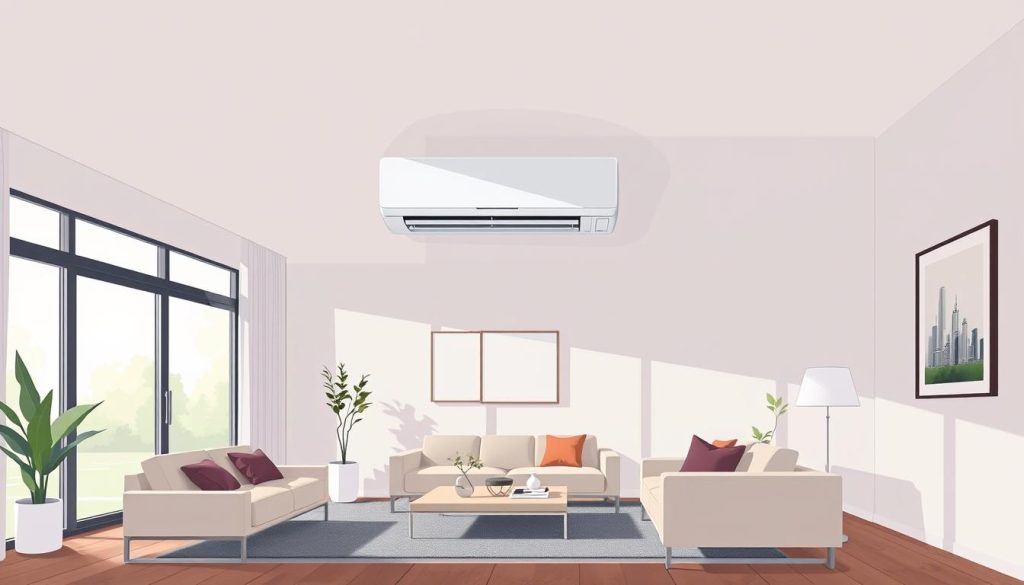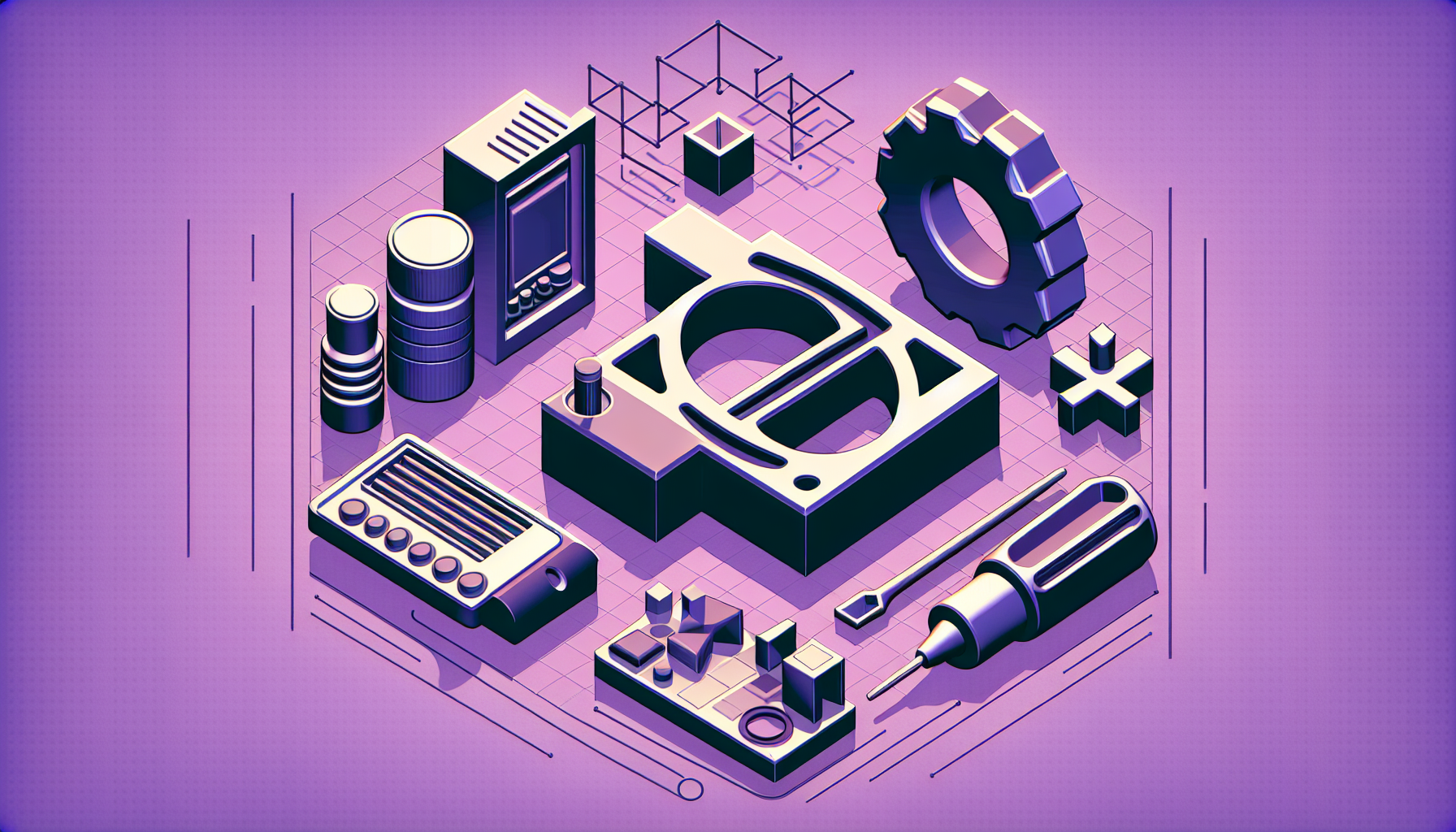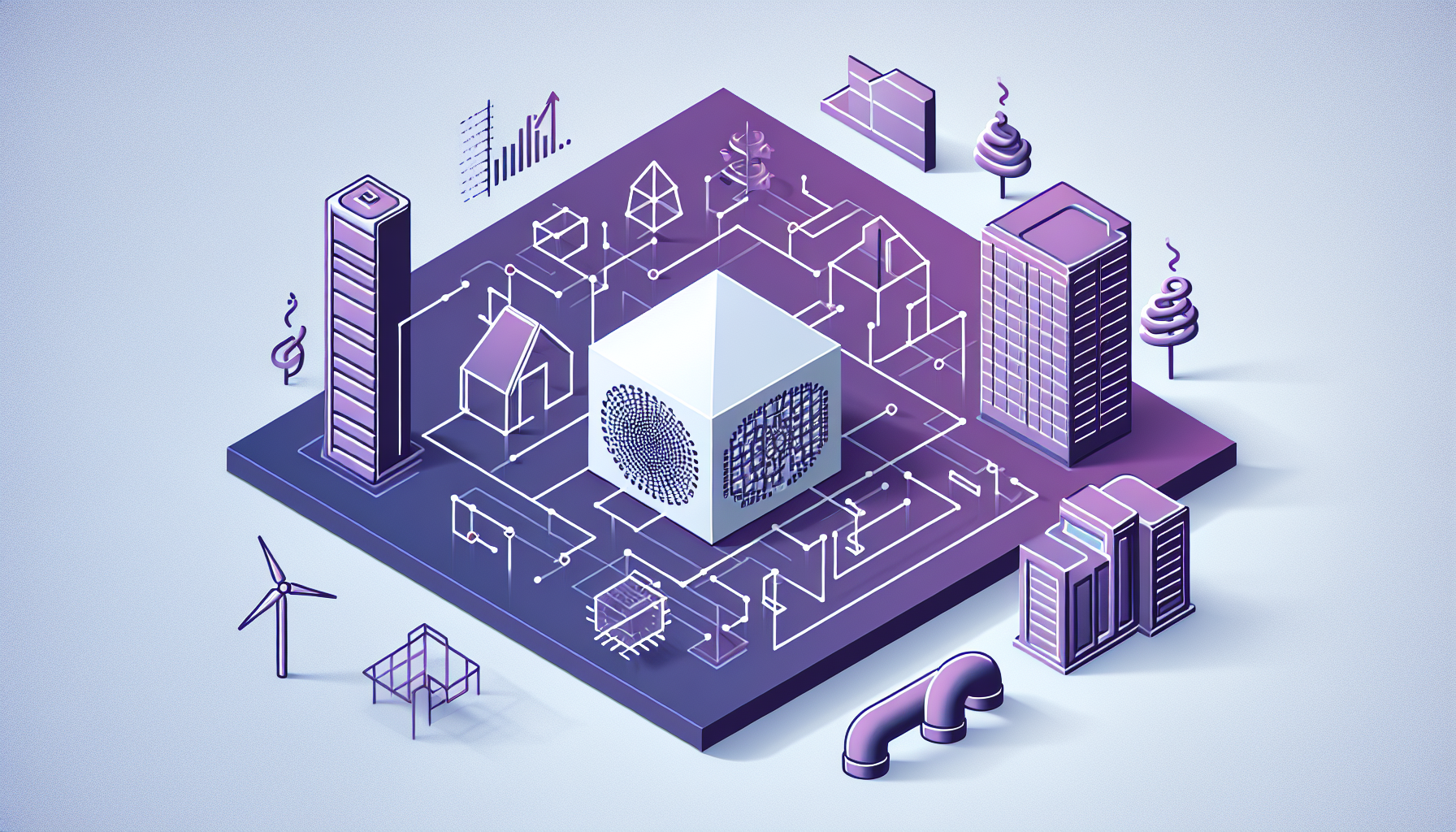In the United States, the standard split HVAC system is the most popular. It has one indoor unit and one outdoor unit. This setup is both versatile and cost-effective for heating, ventilation, and air conditioning needs.
These systems can be adjusted to fit your home or building’s climate needs. You can choose to pair a furnace with an air conditioner or a heat pump with an air handler. Their ability to work with existing ductwork makes them a favorite choice.
However, split systems need ductwork, which might not work for homes without it. Despite this, their versatility, energy efficiency, and cost-effectiveness make them a top choice for many.
Key Takeaways
- The standard split HVAC system, featuring one indoor and one outdoor unit, is the most commonly used system in the United States.
- Split systems can be customized with a furnace and air conditioner or a heat pump and air handler to meet specific climate needs.
- Their ability to work with existing ductwork makes them a popular choice, but they may not be suitable for homes without pre-existing ducts.
- Split systems are known for their versatility, energy efficiency, and cost-effectiveness, making them a top choice for both residential and commercial properties.
- The standard split HVAC system continues to be the preferred solution for many American homeowners and businesses due to its proven track record and adaptability.
Understanding HVAC System Basics
HVAC (Heating, Ventilation, and Air Conditioning) systems keep your home comfortable. They have different parts, each with its own job. These parts help control temperature, humidity, and air quality. Let’s look at the main parts: air conditioners, heat pumps, and furnaces.
Air Conditioners and Their Purpose
Air conditioners cool and dry the air in your home. They take heat from inside and move it outside. This makes your home feel cool and comfortable, especially in summer.
Heat Pumps: Cooling and Heating Combined
Heat pumps do more than air conditioners. They can cool and heat your home. They move heat from one place to another. This makes them great for homes that need to be warm in winter and cool in summer.
The Role of Furnaces in Heating
Furnaces heat your home. They make hot air that goes through ducts and vents. Furnaces use natural gas, propane, or electricity to keep you warm in winter.
It’s important to understand how these parts work together. Knowing about air conditioners, heat pumps, and furnaces helps you choose the right system. This ensures your home stays comfortable and uses energy wisely all year.
The Standard Split System: A Popular Choice
The standard split HVAC system is a favorite among homeowners. It offers many configuration options. These systems usually have a furnace and a separate air conditioner. This setup lets you tailor your heating and cooling needs.
Furnace and Air Conditioner Combos
The most common setup pairs a gas furnace with a central air conditioner. The furnace heats your home well, while the air conditioner cools it. This combo is great for homes with both hot summers and cold winters.
Air Handler and Heat Pump Configurations
Another option is the air handler and heat pump setup. Here, the heat pump does both heating and cooling. The air handler moves the conditioned air around your home. This setup keeps your home comfortable all year.
Dual Fuel Systems: Furnace and Heat Pump
For the best energy efficiency, try a dual fuel system. It has a furnace and a heat pump. The heat pump works for mild temperatures, and the furnace kicks in when it’s very cold. This system switches between energy sources to save you money and work better.
Choosing a furnace and air conditioner combo, an air handler and heat pump, or a dual fuel system gives you flexibility. The standard split HVAC system is a reliable way to meet your home’s heating and cooling needs.
What is the Most Commonly Used HVAC System?
In the United States, the standard split system is the top choice for home HVAC. It has an indoor unit, like an air handler, and an outdoor unit, often a heat pump. This setup is popular for its cost, ease of use with existing ducts, and flexibility.
Homeowners choose standard split systems for their affordability and ease of installation. They work well with most homes, making them a top pick for most common HVAC system in the U.S.
What are the Key Benefits of a Standard Split HVAC System?
- Cost-effective solution for residential HVAC needs
- Compatibility with existing ductwork, simplifying installation
- Flexible configuration options to tailor the system to your home
- Reliable and well-established technology in the standard split systems market
How Do Standard Split HVAC Systems Work?
A standard split system has two parts: an indoor unit and an outdoor unit. The indoor unit handles air circulation and conditioning. The outdoor unit, like an air conditioner, cools or heats the air.
Together, these units keep your home’s temperature and air quality right. This makes standard split systems a top choice for most common HVAC system in homes.
Are There Any Drawbacks to Standard Split HVAC Systems?
Standard split systems are popular but have some downsides. They need ductwork, which can be expensive. They also might not be as energy-efficient if not sized right or maintained well.
The outdoor unit can face weather issues, needing extra care to work well. This adds to the system’s upkeep costs.
| Pros | Cons |
|---|---|
| Cost-effective | Requires ductwork |
| Flexible configuration | Outdoor unit can be affected by weather |
| Compatibility with existing systems | Potential energy efficiency issues if not properly sized |
Ductless Split Systems: A Versatile Option
Ductless split systems, also known as mini-split systems, are great for homes without ductwork. They have an outdoor unit and indoor air-handling units. Each unit has its own thermostat for precise temperature control.
These systems are flexible and energy-efficient. They let homeowners cool or heat specific areas as needed. This makes them a versatile choice for many homes.
Ductless split systems are also energy-efficient. They don’t lose energy through ductwork like traditional systems do. This can save a lot of money on utility bills.
But, they might not work as well in very cold climates. The outdoor unit might not keep up with the cold, affecting the system’s efficiency.
Exploring Ductless Split Systems
- What are the key features of ductless split systems?
- How do ductless split systems differ from traditional HVAC systems?
- What are the benefits of ductless split systems for homeowners?
- Are there any limitations or drawbacks to ductless split systems?
- How do ductless split systems compare to other HVAC options in terms of zoned temperature control?
Understanding ductless split systems helps homeowners decide if they’re right for their home. They offer unique benefits and can be a great choice for many.

Packaged Units: Simplicity and Convenience
Packaged units are a unique and convenient HVAC solution. They have everything you need in one place, like the furnace and air conditioner. This makes them a top choice for easy HVAC installation.
Gas/Electric Packaged Units
Gas/electric units are very common. They have a gas furnace and an electric air conditioner. This combo is efficient and cost-effective, making them a smart pick for many.
Heat Pump Packaged Units
Heat pump units are another option. They use a heat pump for both heating and cooling. They’re great for milder climates, providing efficient comfort.
Hybrid Packaged Units
Hybrid units offer the best of both worlds. They have a heat pump for energy efficiency and a gas furnace for reliable backup. They’re a smart choice for balancing performance and savings.
Choosing the right HVAC system is key. Consider your home’s needs and climate. By understanding your options, you can find a system that keeps your home comfortable and saves energy.
Geothermal Systems: High Efficiency, High Cost
Geothermal systems are known for their high efficiency. They use the earth’s stable temperatures for heating and cooling. Water or refrigerant flows through underground pipes to collect or shed heat.
This results in efficiency levels up to 4 times that of traditional systems. However, the main drawback is their high upfront cost. Installing a geothermal HVAC system can cost 2 to 5 times more than other options.
How do geothermal HVAC systems work?
Geothermal HVAC systems, also known as ground source heat pumps, use the earth’s constant temperature. They circulate a fluid, usually water or a water-antifreeze mixture, through underground or underwater pipes. In winter, the fluid absorbs heat from the ground or water and transfers it to the home.
In summer, the process is reversed. The fluid absorbs heat from the home and transfers it to the cooler ground or water.
What are the benefits of geothermal HVAC systems?
- High energy efficiency, with efficiency ratings up to 4 times that of traditional HVAC systems
- Lower energy bills and reduced carbon footprint
- Longer lifespan, with systems lasting 20-25 years or more
- Quiet operation and no outdoor condenser unit
- Reduced maintenance requirements
What are the drawbacks of geothermal HVAC systems?
- High upfront installation costs, which can be 2 to 5 times more than traditional HVAC systems
- Longer installation times due to the need for underground or underwater piping
- Potential complications with drilling or excavation, depending on the site conditions
- Limited availability of qualified installers in some areas
Geothermal HVAC systems offer great energy efficiency and long-term savings. But, their high initial cost can be a big barrier. For those willing to invest upfront, the benefits are significant in energy savings and environmental impact.
Window Air Conditioners: A Budget-Friendly Solution
If you’re looking for a cost-effective HVAC option for cooling a single room, window air conditioners might be the way to go. These self-contained units are highly affordable, with prices typically ranging from around $150 to $600, depending on their cooling capacity and features. While they may not be as efficient as central systems or ductless mini-split options, window air conditioners can be a practical solution for budget HVAC options and room-specific cooling.
What Are the Advantages of Window Air Conditioners?
One of the primary advantages of window air conditioners is their low upfront cost. These units are generally much less expensive than other HVAC systems, making them an attractive option for homeowners on a tight budget. Additionally, window air conditioners are relatively simple to install, often requiring just a window opening and a dedicated electrical circuit.
How Effective Are Window Air Conditioners?
While window air conditioners are not as powerful or energy-efficient as larger HVAC systems, they can still effectively cool a single room or small living space. The cooling capacity of these units is typically measured in BTUs (British Thermal Units), with higher BTU ratings indicating a greater ability to cool a larger area. By choosing a window air conditioner with the appropriate BTU rating for the size of the room, you can ensure optimal cooling performance.
What Are the Drawbacks of Window Air Conditioners?
One of the main drawbacks of window air conditioners is their limited cooling capacity. These units are only designed to cool a single room, not an entire home. This means that if you have a larger living space, you may need to invest in multiple window air conditioners to achieve whole-home cooling, which can be less efficient and more costly than a central HVAC system.
Another potential downside is that window air conditioners can be less energy-efficient than other HVAC options, which may result in higher energy bills during periods of heavy use. Additionally, these units can be noisy and may not blend seamlessly into the aesthetics of your home, as they are typically installed in windows.
Are Window Air Conditioners a Good Option for You?
If you’re on a tight budget and only need to cool a single room or small living space, a window air conditioner can be a practical and cost-effective solution. However, if you have a larger home or require more comprehensive cooling, you may want to consider alternative HVAC options, such as central air conditioning or ductless mini-split systems, which offer greater efficiency and whole-home cooling capabilities.
| Feature | Window Air Conditioner | Central HVAC System | Ductless Mini-Split |
|---|---|---|---|
| Cooling Capacity | Limited to single room | Whole-home cooling | Whole-home or zoned cooling |
| Energy Efficiency | Lower efficiency | Higher efficiency | Higher efficiency |
| Installation Complexity | Simple, DIY-friendly | More complex, requires professional installation | Moderately complex, may require professional installation |
| Cost | Lower upfront cost | Higher upfront cost | Moderate upfront cost |
Investing in High-Efficiency HVAC Systems
Investing in a high-efficiency HVAC system can save you money in the long run. These systems use less energy, which means lower utility bills. They also help the environment by reducing carbon emissions.
What are the key features of high-efficiency HVAC systems?
High-efficiency HVAC systems have cool features like variable-speed motors and smart thermostats. They also have better insulation. These help use less energy to keep your home comfortable.
Many of these systems have high SEER ratings. This means they cool your home very efficiently.
How can high-efficiency HVAC systems save you money?
High-efficiency HVAC systems cost more upfront. But, they save you money over time. You can save hundreds or even thousands of dollars on your bills.
This savings can pay for the system in just a few years. It’s a smart investment for your wallet.
What are the environmental benefits of high-efficiency HVAC systems?
High-efficiency HVAC systems use less energy. This means they produce less carbon dioxide. They’re better for the planet.
They’re a great choice for those who care about the environment. They help make your home more eco-friendly.
How do you determine the right high-efficiency HVAC system for your home?
Finding the right system for your home takes some thought. You need to consider your home’s size, climate, and heating and cooling needs. A professional can help you choose the best system for your home.
They’ll make sure the system fits your needs perfectly. And they’ll install it correctly.

Typical Lifespan of HVAC Systems
The lifespan of your home’s HVAC system is key. On average, a central air conditioner or furnace lasts 15 to 20 years with good system maintenance. But, it can vary based on how much you use it, the weather, and how well you maintain it.
Regular tune-ups and quick repairs can make your HVAC last longer. Not taking care of it can make it need to be replaced sooner. Around the 10-year mark, think about getting a new, more energy-saving unit.
How Can I Extend the Lifespan of My HVAC System?
- Schedule regular maintenance checkups and tune-ups
- Replace air filters as recommended by the manufacturer
- Address any issues or malfunctions promptly to prevent further damage
- Ensure proper airflow by keeping vents and registers clear of obstructions
- Consider upgrading to a more energy-efficient HVAC system after 10-15 years
When Should I Replace My HVAC System?
When your HVAC system is 15-20 years old, think about the cost of fixing it versus getting a new one. New systems are more energy-efficient, reliable, and might get you rebates or tax credits. Planning for a new system keeps your home comfy and saves you from big repair bills.
Even with good care, HVAC systems need to be replaced eventually. Knowing how long they last and taking steps to extend it helps keep your home cozy and energy-smart for a long time.
Conclusion
Choosing the right HVAC system for your home is very important. It affects your comfort and how much energy you use. The standard split system is common, but there are many other options to consider.
Ductless mini-splits and geothermal systems are just a few examples. Each has its own benefits and things to think about. Knowing about air conditioners, heat pumps, and furnaces helps you make a good choice.
The best HVAC system for you depends on several things. Your climate, home size, and layout matter. Also, your personal preferences play a role. By looking at your options and talking to HVAC experts, you can find the perfect system for your home.





0 Comments